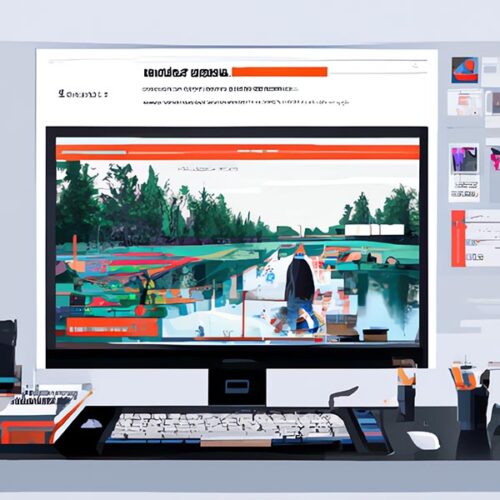The Ultimate Guide to Designing Your SharePoint Sites Layout and User Permissions

Introduction
SharePoint, Microsoft’s versatile platform, has become an integral part of many organizations’ digital infrastructure. But, like any tool, its effectiveness hinges on its setup. So, how do you design your SharePoint site’s layout and user permissions for optimal functionality and security? Let’s embark on this journey together!
Designing your SharePoint sites layout and user permissions
When it comes to SharePoint, the layout and user permissions go hand in hand. A well-designed layout enhances user experience, while precise user permissions ensure data security and efficient collaboration. Here’s a deep dive into the world of SharePoint design and permissions.
The Importance of a Good Layout
A well-thought-out layout isn’t just about aesthetics; it’s about functionality. It ensures:
- User-friendliness: A layout that’s intuitive and easy to navigate enhances user adoption and productivity.
- Efficient Collaboration: Organized content and tools streamline collaboration among teams.
- Branding Consistency: Customizing your SharePoint site to reflect your brand boosts corporate identity.
User Permissions: The Backbone of Security
User permissions in SharePoint are pivotal. They determine who can view, edit, or delete content. Here’s why they’re crucial:
- Data Protection: By restricting access, you safeguard sensitive information.
- Workflow Efficiency: Assigning specific permissions streamlines workflow by ensuring only relevant personnel can make changes.
- Audit Trail: With set permissions, tracking changes and edits becomes a breeze.
Steps to Designing an Optimal Layout
- Identify Your Audience: Understand who will be using the site and tailor the layout to their needs.
- Organize Content: Use a logical hierarchy with clear labels.
- Opt for Responsive Design: Ensure your site is accessible across devices.
- Incorporate Visual Elements: Use images, charts, and infographics to break the monotony of text.
Setting Up User Permissions Like a Pro
- Group Users: Categorize users based on roles and assign permissions accordingly.
- Use Permission Levels: SharePoint offers levels like ‘Read’, ‘Edit’, and ‘Full Control’. Use them judiciously.
- Regular Audits: Periodically review and update permissions as roles evolve.
Common Pitfalls and How to Avoid Them
- Over-complicating Layout: Keep it simple and intuitive.
- Being Too Restrictive: While security is paramount, don’t stifle collaboration by being overly restrictive.
- Neglecting Mobile Users: Ensure your design is mobile-friendly.
Best Practices to Swear By
- Consistent Navigation: Maintain uniformity in navigation across pages.
- Clear Naming Conventions: Avoid jargon. Use clear, descriptive names for items and pages.
- Regular Training: Conduct training sessions for users to familiarize them with the layout and permissions.
External Resources for Further Reading
FAQs
Why is the layout of a SharePoint site important?
The layout determines the user experience, ensuring easy navigation, efficient collaboration, and consistent branding.
How often should I review user permissions?
Regular audits, at least bi-annually, are recommended to ensure data security and workflow efficiency.
Can I customize SharePoint’s default permission levels?
Yes, SharePoint allows customization of default permission levels, but it’s advised to do so with caution to avoid potential security risks.
Is it possible to have different layouts for different user groups?
Absolutely! SharePoint supports audience targeting, allowing different user groups to see different content.
What’s the significance of responsive design in SharePoint?
Responsive design ensures that your SharePoint site is accessible and user-friendly across various devices, including mobiles and tablets.
How can I ensure my SharePoint site reflects my brand?
Use SharePoint’s design customization features to incorporate your brand’s colors, logos, and other visual elements.
Conclusion
Designing your SharePoint sites layout and user permissions is a delicate balance between aesthetics, functionality, and security. By understanding your audience, organizing content logically, and setting precise user permissions, you can harness the full potential of SharePoint. Remember, a well-designed SharePoint site not only enhances user experience but also boosts collaboration and data security. So, take the plunge and design your SharePoint site with confidence and expertise!




